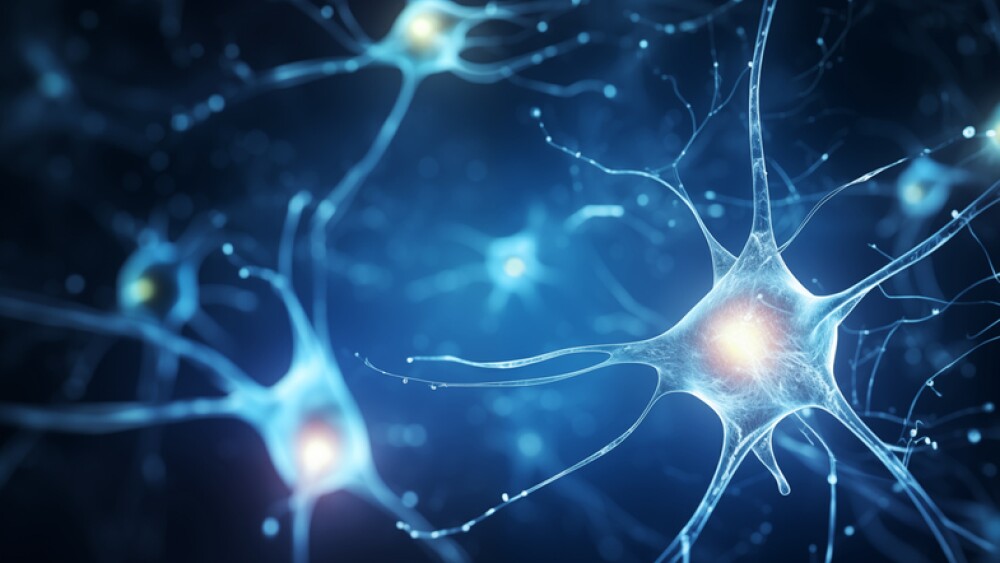Collaboration with NTT Research Physics and Informatics Lab to Study Methods for Improving Coherent Ising Machine Performance

Collaboration with NTT Research Physics and Informatics Lab to Study Methods for Improving Coherent Ising Machine Performance
PALO ALTO, Calif.--(BUSINESS WIRE)-- NTT Research, Inc., a division of NTT (TYO:9432), today announced that it has reached an agreement with the University of Notre Dame to conduct joint research between its Physics and Informatics (PHI) Lab and the University’s Department of Physics. The five-year agreement covers research to be undertaken by Dr. Zoltán Toroczkai, a professor of theoretical physics, on the limits of continuous-time analog computing. Because the Coherent Ising Machine (CIM), an optical device that is key to the PHI Lab’s research agenda, exhibits characteristics related to those of analog computers, one purpose of this project is to explore avenues for improving CIM performance.
The three primary fields of the PHI Lab include quantum-to-classical crossover physics, neural networks and optical parametric oscillators. The work with Dr. Toroczkai addresses an opportunity for tradeoffs in the classical domain between analog computing performance and controllable variables with arbitrarily high precision. Interest in analog computing has rebounded in recent years thanks to modern manufacturing techniques and the technology’s efficient use of energy, which leads to improved computational performance. Implemented with the Ising model, analog computing schemes now figure within some emerging quantum information systems. Special-purpose, continuous time analog devices have been able to outperform state-of-the-art digital algorithms, but they also fail on some classes of problems. Dr. Toroczkai’s research will explore the theoretical limits of analog computing and focus on two approaches to achieving improved performance using less precise variables, or (in the context of the CIM) a less identical pulse amplitude landscape.
“We’re very excited to have the University of Notre Dame and Professor Toroczkai, a specialist in analog computing, join our growing consortium of researchers engaged in rethinking the limits and possibilities of computing,” said NTT Research PHI Lab Director Yoshihisa Yamamoto. “We see his work at the intersection of hard, optimization problems and analog computing systems that can efficiently solve them as very promising.”
The agreement identifies research subjects and project milestones between 2020 and 2024. It anticipates Dr. Toroczkai and a graduate student conducting research at Notre Dame, adjacent to South Bend, Indiana, while collaborating with scientists at the PHI Lab in California. Recent work by Dr. Toroczkai related to this topic includes publications in Computer Physics Communications and Nature Communications. Like the PHI Lab itself, he brings to his research both domain expertise and a broad vision.
“I work in the general area of complex systems research, bringing and developing tools from mathematics, equilibrium and non-equilibrium statistical physics, nonlinear dynamics and chaos theory to bear on problems in a range of disciplines, including the foundations of computing,” said Dr. Toroczkai, who is also a concurrent professor in the Department of Computer Science and Engineering and co-director of the Center for Network and Data Science. “This project with NTT Research is an exciting opportunity to engage in basic research that will bear upon the future of computing.”
The NTT Research PHI Lab has now reached nine joint research projects as part of its long-range goal to radically redesign artificial neural networks, both classical and quantum. To advance that goal, the PHI Lab has established joint research agreements with six other universities, one government agency and one quantum computing software company. Those universities are California Institute of Technology (CalTech), Cornell University, Massachusetts Institute of Technology (MIT), Stanford University, Swinburne University of Technology and the University of Michigan. The government entity is NASA Ames Research Center in Silicon Valley, and the private company is 1QBit in Canada. In addition to its PHI Lab, NTT Research has two other research labs: its Cryptography and Information Security (CIS) Lab and Medical and Health Informatics (MEI) Lab.
About NTT Research
NTT Research opened its Palo Alto offices in July 2019 as a new Silicon Valley startup to conduct basic research and advance technologies that promote positive change for humankind. Currently, three labs are housed at NTT Research: the Physics and Informatics (PHI) Lab, the Cryptography and Information Security (CIS) Lab, and the Medical and Health Informatics (MEI) Lab. The organization aims to upgrade reality in three areas: 1) quantum information, neuro-science and photonics; 2) cryptographic and information security; and 3) medical and health informatics. NTT Research is part of NTT, a global technology and business solutions provider with an annual R&D budget of $3.6 billion.
NTT and the NTT logo are registered trademarks or trademarks of NIPPON TELEGRAPH AND TELEPHONE CORPORATION and/or its affiliates. All other referenced product names are trademarks of their respective owners. © 2020 NIPPON TELEGRAPH AND TELEPHONE CORPORATION
View source version on businesswire.com: https://www.businesswire.com/news/home/20200914005239/en/
NTT Research:
Chris Shaw
Vice President, Global Marketing
NTT Research
+1-312-888-5412
chris.shaw@ntt-research.com
Media:
Barrett Adair
Wireside Communications®
For NTT Ltd. & NTT Research
+1-804-591-0689
badair@wireside.com
Source: NTT Research, Inc.
View this news release online at:
http://www.businesswire.com/news/home/20200914005239/en





